http://www.marksdailyapple.com/
 Hi folks, in today’s Ask a Health Coach, Erin will be answering a few more of your carb-related questions, from knowing which ones to include in your total macro intakes to strategies for managing the aftermath of a carb binge. We love getting your questions, so be sure to post them in the Mark’s Daily Apple Facebook group or in the comments below.
Hi folks, in today’s Ask a Health Coach, Erin will be answering a few more of your carb-related questions, from knowing which ones to include in your total macro intakes to strategies for managing the aftermath of a carb binge. We love getting your questions, so be sure to post them in the Mark’s Daily Apple Facebook group or in the comments below.
Stephanie asked:
When counting carbs, which carbs are counted? Does this include fruits and vegetables too? I realize that all grains and starches should be counted, but does this also include “moderated” foods such as bananas and sweet potatoes? Any advice is appreciated!
As a culture, we’re obsessed with carbs. We’re so totally in love with demonizing, scrutinizing, anddissecting the nuances of carbohydrates. The total carbs, subtracting sugar alcohols and fiber, staking a claim on which carbs are good and which are bad. The whole thing’s gotten really out of hand and way too fussy if you ask me.
I work with a lot of clients who exhibit symptoms of being carbophobic, swearing that low-carb is the answer to all their struggles. Even if you’ve successfully removed the word “diet” from your vocabulary (congratulations, by the way), I find that people absolutely love to have rules around what they should and shouldn’t be eating.
Why Are We So Obsessed with Carbs?
Ever heard of decision fatigue?1 It’s based on the idea that when making a multitude of decisions (especially in rapid succession), our ability to make additional decisions gets worse. And since we make more than 200 food choices per day, it’s easy to see why having rules takes the edge off.
Types of food decisions you might recognize:
- Should I eat breakfast or fast?
- How much creamer takes me out of ketosis?
- Should I even have coffee?
- What about lunch?
- How many carbs does this have?
- Is wine okay?
And that doesn’t even include the decisions make when dining out, assuming we get to do that more regularly moving forward. The conversations we have in our heads are overwhelming to say the least.
Why? Because our minds prefer things that don’t require a lot of thought. And deciding what we should eat — or how many carbs we should have — is just one more thing to tack onto our to-do lists. Martin Binks, PhD and Director of the Nutrition Metabolic Health Initiative at Texas Tech says, “It’s easier to make a yes or no choice.2 It’s simpler and less stressful to make binary decisions rather than get into nuanced ones,” adding that “food rules can simplify things.” The more variables there are, the harder it is for our brains to make a decision, which at least partially explains our obsession with food rules.
Sure, some structure and guidance is helpful — like knowing which foods agree with your body and which ones make you feel foggy and fatigued. But it’s important to learn how to be flexible and eat mindfully to keep your emotional and physical health on track. The bottom line is, if you just eat real food and don’t waste time overthinking it, you’d likely be in a much better place. When you start loving and appreciating your body for being the magnificent organism it is and stop fussing over counting, weighing and tracking, life gets pretty awesome.
Margaret asked:
I lost a ton of weight before and have gained some back after letting carbs creep into my diet again and being sedentary for a period of time. But I’m so stuck on bread, etc. I know once I’m off of it for a while I can resist and not even consider it, but gosh it’s hard to get to that point! How do I get off bread for good? Thankfully, it sounds like don’t need a lesson in why grains can be toxic to your body. But figuring out how to ditch them for good is something a lot of people struggle with, including my own health coaching clients.
Why Grains Are So Hard to Avoid
Breads, cereals, crackers, and cookies. They’re intricately woven into nearly every aspect of our society. And unless you were brought up on an ancestral kind of diet, your preferences for starchy foods were probably dictated from an early age. In fact, most infants prefer sweet tastes over bitter and sour ones, which may reflect a biological instinct to choose those foods.3 It’s not just our preferences for starchier foods that keep us stuck on the bread basked rollercoaster though. Research shows that eating the same food as others makes us feel more connected to them. So, if you’re dining with your spouse and they grab a few slices of garlic bread while you whirl around your forkful of zoodles, you may feel like you’re lacking a sense of connection with them. Same thing goes if a friend orders dessert and you abstain.
As humans, we want to feel connected — especially since the past year has made us feel less connected than ever.4 But food isn’t the only way to get that need met (being of service is actually one of the best ways to feel connected to others).
4 Strategies for Ditching Grains
Ditching grains, especially when you know you feel better without them, is absolutely doable with the right strategies. Here are the tips I regularly share with my clients:
- Know Your Why. Get clear on your deep-down reasons for not eating bread and other grains. This is a game changer when it comes to navigating the ups and downs of the process, which there will always be.
- Make Protein and Fat Your Friend. Keeping your blood sugar stable is key to avoiding cravings for quick-burning carbs. I like to start my day with an epic protein forward meal of eggs and bacon.
- Be Aware of Your Triggers. If bread so tempting that you literally can’t resist it, don’t have it in the house. People who have their favorite foods around “just in case” are asking for an excuse to indulge.
- Get Support. Being part of a like-minded community, like the one here at Mark’s Daily Apple can be a really valuable resource. For more hands-on guidance, you might also consider hiring a professional health coach.
Dale asked:
I typically keep my carbs under 30 grams and include one cheat meal a week, but last weekend, my one night of pizza and beer turned into a weeklong binge. I’ve also gained about 5 pounds back that I worked so hard to lose. I was so motivated before and now I’m feeling stuck. Why is so hard to get back to my regular routine this time?
Certain foods are designed to be hyper-palatable.5 Think pizza, chips, fast food. Anytime fat, salt, and highly processed carbs are together in one food, it triggers the reward centers of the brain and can lead to a binge. Food scientists know exactly what they’re doing when they create these foods too. They want you to continue craving, buying, and consuming these foods. Honestly though, a week of overdoing it won’t derail your progress in the long-term. It actually might help you. Here’s why. While I’m not a fan of “cheat days” in general, consuming extra calories might be exactly what your body needs, especially since you’ve been so restrictive with your diet.
How to Move Forward After a Binge
You might expect a health coach to say things like “clear out all the junk food” or “start eating clean again at your next meal.” Those are both great suggestions, but the first thing I’d recommend is to have a little compassion for yourself. My job is to help my clients have an effortless relationship with food. One that doesn’t include guilt, shame, and discouragement. That’s why self-compassion is such an important part of the process. Everyone gets off track now and then. They notice their nightly glass of wine has become 2 or 3 glasses. Or their daily walk has turned in to a weekend-only activity. But having self-compassion means that you’re accepting the fact that you’re human and make mistakes now and then. It also helps you understand that your self-worth isn’t a reflection of how perfect or imperfect you happen to perceive yourself as right now — or what the scale says. If I were you, I’d ditch the scale and start working on acceptance.
Thoughts on carbs? Got more questions? Let’s hear it.
References
The post Ask a Health Coach: More of Your Carb Questions Answered appeared first on Mark’s Daily Apple.






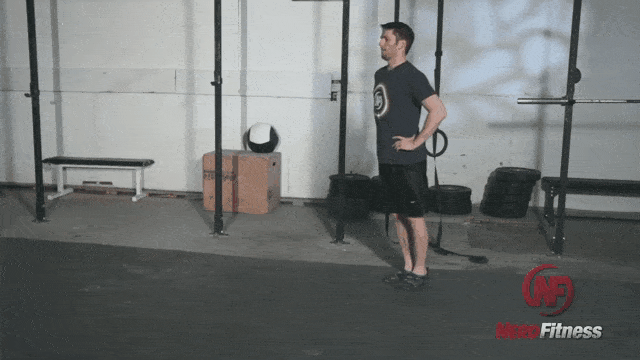

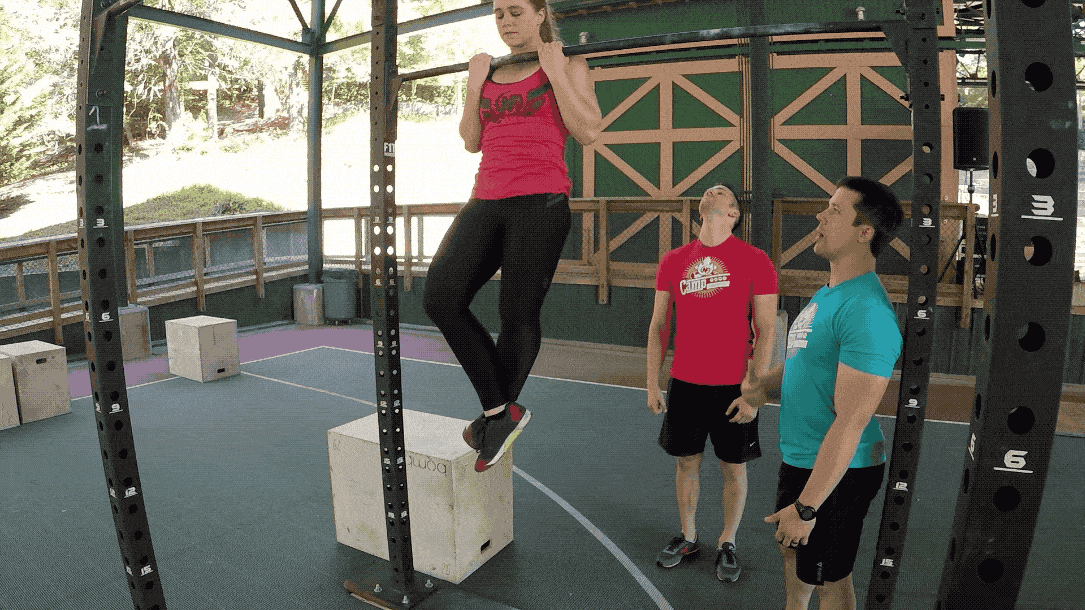





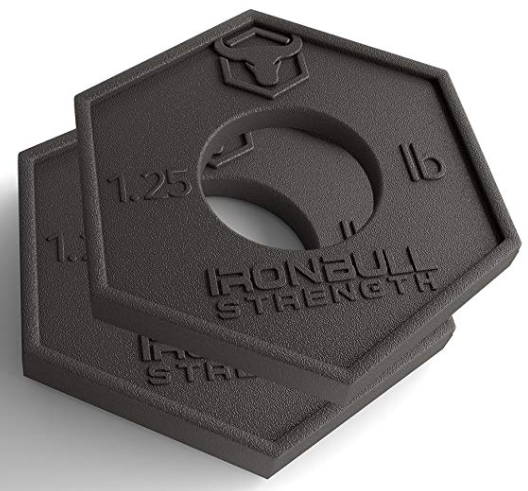


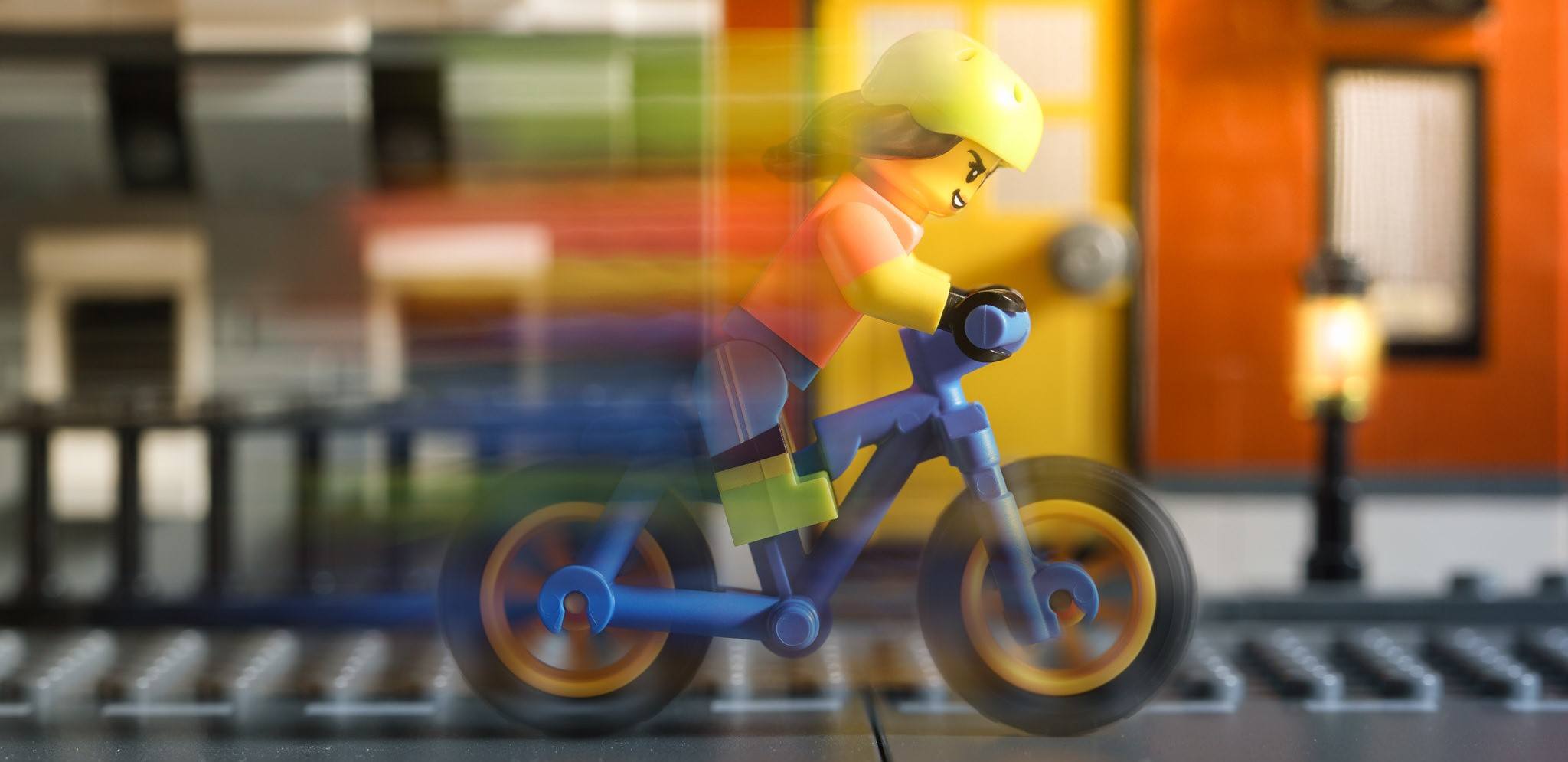
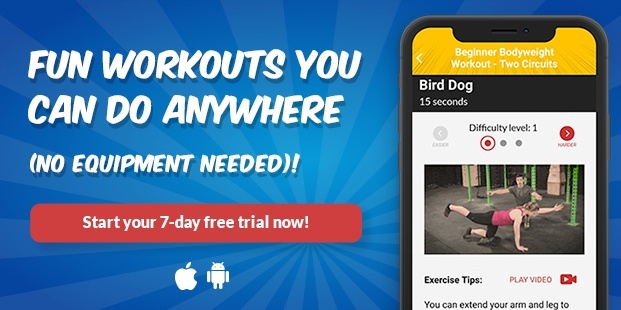

 I remember back in the day, you’d see all the bodybuilders at the gym sipping on purple water from those clear shaker bottles. They were drinking water spiked with BCAAs, or branched chain amino acids, the idea being the BCAAs provide your body a steady drip of amino acids to maximize muscle hypertrophy and stay anabolic all day long. Heck, even I sipped the purple water when I was trying to gain mass. In more recent years, BCAAs have fallen out of favor, or at least become less “vital” a supplement for people interested in gaining muscle.
I remember back in the day, you’d see all the bodybuilders at the gym sipping on purple water from those clear shaker bottles. They were drinking water spiked with BCAAs, or branched chain amino acids, the idea being the BCAAs provide your body a steady drip of amino acids to maximize muscle hypertrophy and stay anabolic all day long. Heck, even I sipped the purple water when I was trying to gain mass. In more recent years, BCAAs have fallen out of favor, or at least become less “vital” a supplement for people interested in gaining muscle.
 The keto diet has a reputation for being strict and regimented. Some guidelines you do have to follow, particularly concerning carbohydrate intake. However, just as a Primal diet allows plenty of room for personalization based on food preferences, goals, activity level, and more, keto diets can actually be quite flexible.
The keto diet has a reputation for being strict and regimented. Some guidelines you do have to follow, particularly concerning carbohydrate intake. However, just as a Primal diet allows plenty of room for personalization based on food preferences, goals, activity level, and more, keto diets can actually be quite flexible.

 Is there anything more nostalgic than a chocolate chip cookie with a tall glass of milk? If you thought a cookies and milk snack was a thing of the past, we’ve got you covered. This keto chocolate chip cookies recipe is just as satisfying as the cookies you remember from Grandma’s kitchen. And, they’re totally dunk-worthy, so have a glass of milk, almond milk or macadamia nut milk ready when they come out of the oven.
Is there anything more nostalgic than a chocolate chip cookie with a tall glass of milk? If you thought a cookies and milk snack was a thing of the past, we’ve got you covered. This keto chocolate chip cookies recipe is just as satisfying as the cookies you remember from Grandma’s kitchen. And, they’re totally dunk-worthy, so have a glass of milk, almond milk or macadamia nut milk ready when they come out of the oven.

 Allow the dough to rest for 3-5 minutes, then mix in the baking powder.
Allow the dough to rest for 3-5 minutes, then mix in the baking powder. Use an ice cream scoop to scoop out 8 balls of dough onto a parchment covered baking sheet.
Use an ice cream scoop to scoop out 8 balls of dough onto a parchment covered baking sheet.  Bake for 11-14 minutes, or until the undersides of the cookies are just golden. Allow them to cool slightly prior to moving them to a cooling rack.
Bake for 11-14 minutes, or until the undersides of the cookies are just golden. Allow them to cool slightly prior to moving them to a cooling rack.


 Research of the Week
Research of the Week How often do you find yourself mashing the alarm clock, desperately longing for a few more glorious minutes of shut eye? A couple days a week? Every day? Not sure why you’d ever NOT want to mash the alarm?
How often do you find yourself mashing the alarm clock, desperately longing for a few more glorious minutes of shut eye? A couple days a week? Every day? Not sure why you’d ever NOT want to mash the alarm? For now classes are 6pm and 640pm at 2840 Wildwood st in the Boise Cloggers studio.
Book your class NOW!
click this ==>
For now classes are 6pm and 640pm at 2840 Wildwood st in the Boise Cloggers studio.
Book your class NOW!
click this ==>








